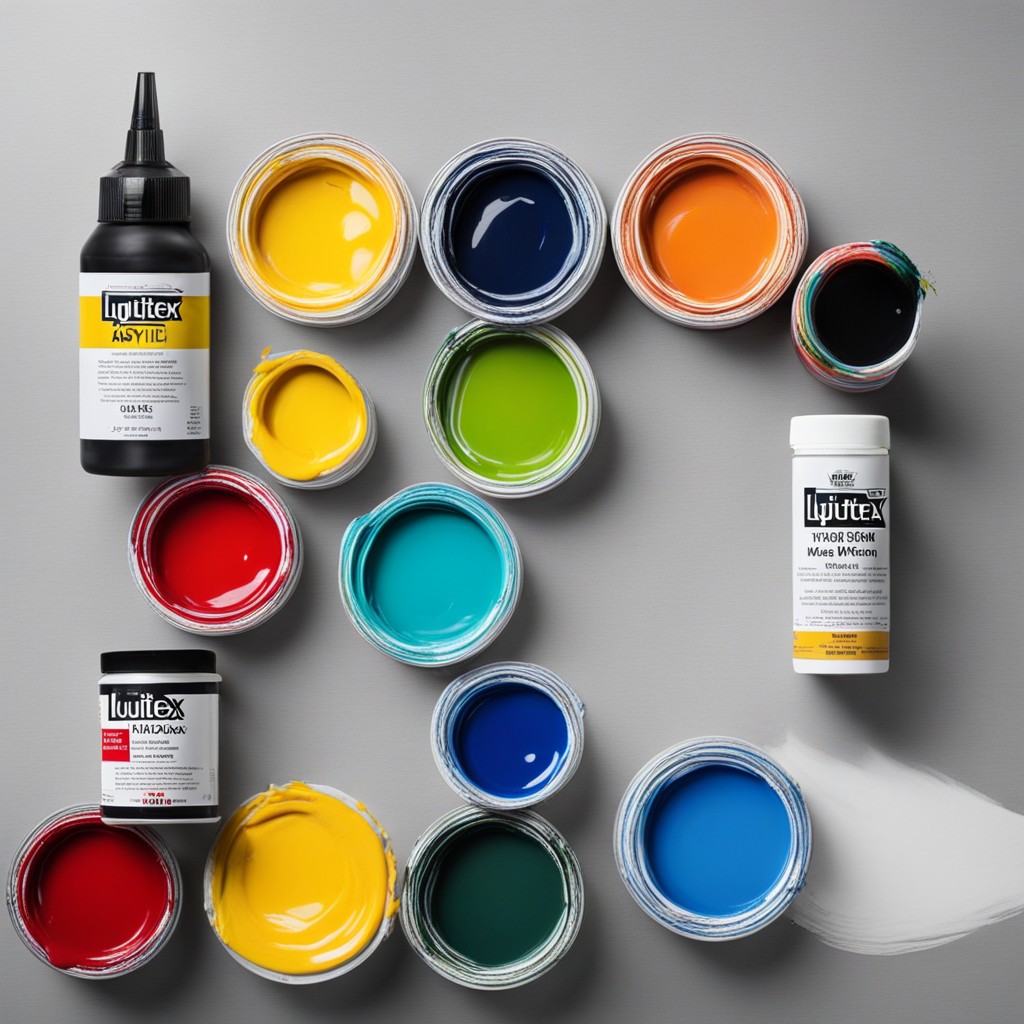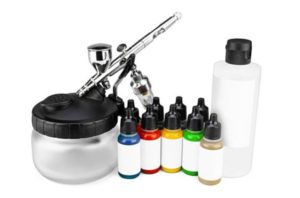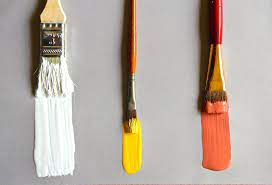
A Guide to Mixing Acrylic Paint with Liquitex Pouring Medium
Consider an art form where your imagination is as unrestricted as the paint itself, where the blending of colors creates a beautiful fluid dance. With Liquitex Pouring Medium, enter the captivating world of acrylic pouring, where your canvas serves as the backdrop for enthralling, unpredictable artwork.
Introduction
This article will introduce you to the fascinating world of acrylic pouring and we will teach you how to make eye-catching artworks by combining acrylic paint and Liquitex Pouring Medium.
What is AcrylicPouring?
The captivating technique of acrylic pouring also referred to as fluid art, turns your canvas into a fluid dance of colours. To create a consistency that flows easily across the surface, acrylic paint and a pouring medium are mixed during the process. The result is a masterful abstract work of art with vibrant colors, intricate patterns, and fluidity. Every pour reveals a different work of art, so it’s a journey of discovery.
What is Liquitex Pouring Medium?
Liquitex Pouring Medium is a versatile, water-based medium specially designed for acrylic pouring. It acts as a magical potion that transforms heavy acrylic paints into a pourable, fluid mixture.
Essentials for pouring
What supplies are required for pouring acrylic?
You’ll require the following items,
- Acrylic color
- Medium for Liquitex Pouring
- Containers or cups for mixing
- Blending spoons
- Surface or canvas
- Plastic or drop cloth
- Gloves (for hand protection)
Tips for Pouring Acrylic easily
- Play around with ratios: The ratio of pouring medium to paint can vary. To get the consistency you want, adjust it. A thinner mixture flows more easily, whereas a thicker one keeps its shape better.
- Patience and practice: Pouring acrylic requires both practice and artistic skill. If your initial pours fall short of your expectations, don’t give up. Try new things, take notes after each pour, and accept that the process is unpredictable.
- Add silicone: For a distinctive cell-like effect, some painters add silicone oil to their paints. As the paint interacts and dries, a few drops added to various paint colors can produce fascinating cell formations.
- Strategically layer and combine colors: Be aware of how colors blend. Try layering complementary or contrasting colors to produce dynamic compositions that catch the eye.
- Explore a variety of pouring methods, including the dirty pour, the flip cup, and the swipe. Don’t restrict yourself to using just one technique because each one yields unique results.
- Use High-Quality Paints: Spend money on acrylic paints of a high caliber. The color vibrancy and light fastness of your paints will have a big impact on how your artwork looks over time.
Tips for Fixing Typical Problems
- Cracking: Your mixture might have been too thick if your pour dries with cracks. To make a smoother, more flexible mixture, change the ratio of the pouring medium to paint.
- Bubbles: Gently stir your mixture before pouring to prevent bubbles. Before the paint dries, you can also use a heat source like a torch or heat gun to remove surface bubbles.
- Mushiness: Excessive color mixing or layering can produce muddy results. To maintain clarity, try experimenting with fewer colors and lighter blending.
- Uneven Drying: Make sure your canvas is level while drying to avoid uneven drying and warping. For this, you can make use of leveling equipment or movable easels.
- Drying Too Quickly: You can increase the drying time if your paint is drying too quickly.
Conclusion
A delightful journey through color and creativity awaits you when you pour acrylic using Liquitex Pouring Medium. It’s a method that fuses art and science and provides countless opportunities for experimentation and exploration for artists. As you gain experience, you’ll develop your own style and produce captivating artwork that perfectly captures the wonder of fluidity and the magic of acrylic pouring. Therefore, prepare your materials, be open to the unexpected, and start your artistic journey into the fascinating world of acrylic pouring.






